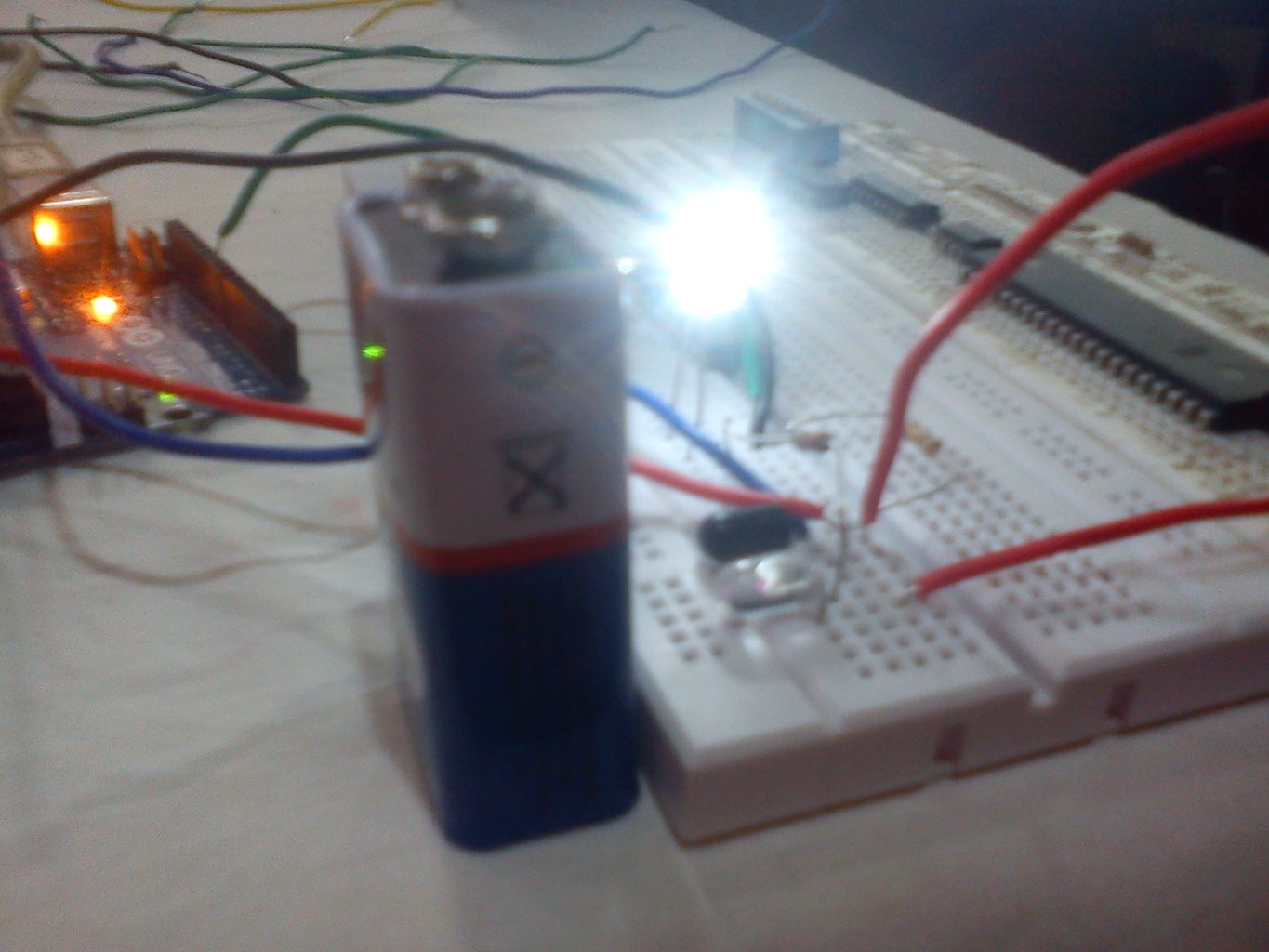Distance Sensor Homemade Tutorial Circuit Diagram The transmitting LED emits infrared light at a constant frequency, set by the frequency potentiometer. The IR light travels through the air, away from the sensor. If an object is in front of the sensor, the IR light hits the object and gets reflected back to the receiving LED. An infrared proximity sensor or IR Sensor is an electronic device that emits infrared lights to sense some aspect of the surroundings and can be employed to detect the motion of an object. As this is a passive sensor, it can only measure infrared radiation. This sensor is very common in the electronic industry and if you've ever tried to design an obstacle avoidance robot or any other

Object Detection using IR Sensors and ESP32: To detect objects using an IR sensor and ESP32, we need to connect the sensor to the microcontroller and write a program to measure the reflected

Detecting Objects Using the Infrared(IR) Obstacle Sensor Circuit Diagram
About IR Obstacle Avoidance Sensor. The infrared (IR) obstacle sensor is used to detect the presence of any obstacle in front of the sensor module by using the infrared signal. The detection range is from 2cm to 30cm. The detection range can be adjusted by a built-in potentiometer. Pinout. IR obstacle avoidance sensor includes three pins:

A green light may turn on when there is no car occupying the parking space, while a red light turns on when the space is occupied. The IR sensor in effect detects the presence of a car in a parking space. To demonstrate the capability of an IR proximity sensor, we'll be using the HW-201 IR obstacle sensor module. The detection range of this

How to use IR Sensor Module with Arduino Circuit Diagram
Infrared sensors are used in a wide range of applications including here proximity robotic applications for distance and object detection, or color detection and tracking. As a disadvantage, I have to mention that IR sensors have bad performance in strong sunlight and many applications where this type of sensor is used are designed for indoor use. In this guide, we will go through basics of connecting the IR Sensor Module to an Arduino UNO board. We will also discuss writing the code necessary for the Arduino to interpret the signals from the IR sensor. This enables the implementation of various applications, such as object detection, proximity sensing, and motion-activated systems.
